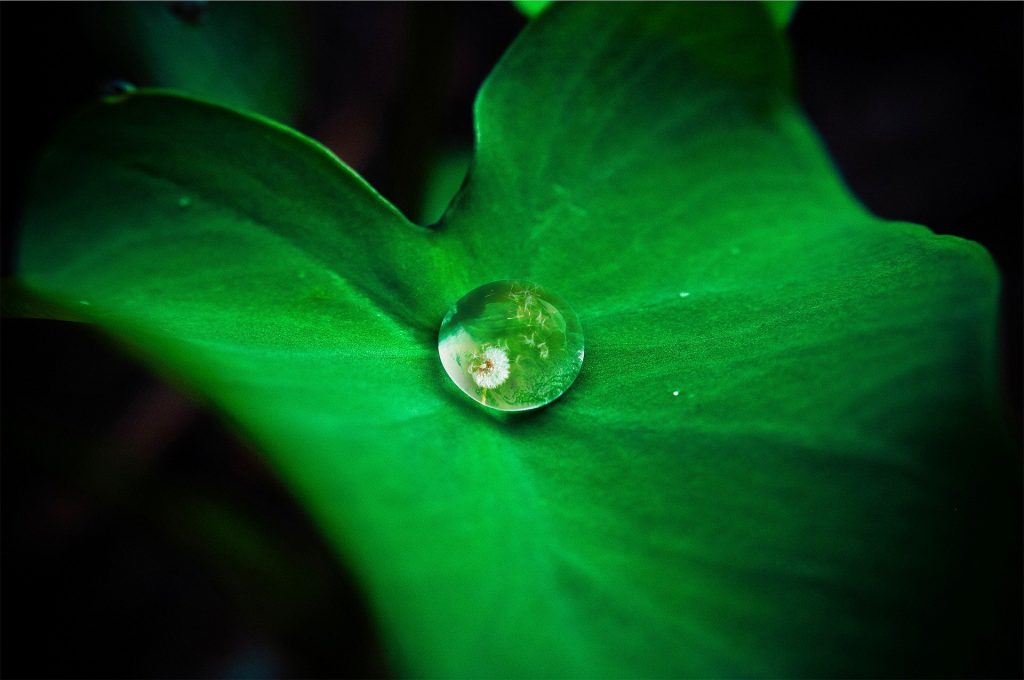
A nanometer (nm) is a unit of length that refers to one billionth of a meter. Nanotechnology is the technology that studies the properties and interactions of matter at the nanoscale (between 1 and 1000 nm) and uses these properties. In nanotechnology, nanomaterials are its main research object and foundation. CD Bioparticles offers a variety of synthetic nanoparticles and magnetic particles to provide researchers with a wealth of high-quality nanomaterials for research use.
In fact, nanotechnology is not mysterious, nor is it a human patent. As early as the birth of the universe, nanomaterials and nanotechnology already existed. During the long evolution on the earth, many creatures in nature are masters of many nanotechnologies. They survive tenaciously in nature through their exquisite nano-skills so that they can make a living, or defend themselves against enemies, which not only impresses people but also brings countless inspiration and inspiration to modern nanotechnology workers.
Lotus flower
When it comes to lotus, people naturally think of the dew rolling on the lotus leaf, the so-called lotus effect. So, what causes this lotus effect? What benefits does the lotus effect bring to the lotus itself? Modern electron microscope technology can help us give the right answer. Through an electron microscope, it can be observed that the surface of the lotus leaf is covered with countless 10-micrometer mastoids, and the surface of each mastoid is covered with finer hairs with a diameter of only several hundred nanometers. This is the result of the long-term evolution of organisms in nature. It is this special nanostructure that makes the surface of lotus leaves free of water droplets, namely the ultrahydrophobicity. The lotus effect keeps the leaves clean. When there are water droplets on the lotus leaf, the wind blows the water droplets to roll on the leaf surface. Dirt particles are picked up by water droplets and slide down from above at a high speed so that the lotus leaf can perform photosynthesis better.
Serpent sea star
The serpent sea star is a dish-shaped shellfish. It has five tentacles and no eyes. Nevertheless, it can accurately sense potential natural enemies in the distance and retract the tentacles into the shell in time. This sensitive feeling of serpent sea star has long puzzled biologists. Recently, this question has finally found the answer on its carapace: the serpent sea star body is actually covered with “eyes”, that is, tens of thousands of perfect miniature lenses. In this way, the entire furry body constitutes the starfish’s eyes.
Studies also show that the number of such lenses on a serpent sea star is about 50,000 to 100,000, and they are composed of calcium carbonate nanocrystals; this perfect light-sensitive micro-lens system is the result of nano-crystallization on the surface of the starfish’s body growth. In order to prevent unnecessary color fringing, a proper amount of magnesium is also absorbed in the lens during crystallization, which can not only help starfish filter the light more effectively but also correct the “spherical aberration” of the lens. This improves the efficiency of finding natural enemies.
Spider
Spider webs often appear in the corners of rooms that have not been cleaned for a long time. For ordinary people, cobwebs are not a big deal. With a slight flick, the spider webs are swept away. But spider silk itself is indeed a miracle of nature. Spider silk in nature is about 100 nanometers in diameter, which is a truly pure natural nanofiber. If you use spider silk to make a rope as thick as an ordinary wire rope, it can lift thousands of tons of objects, and its strength is comparable to steel cables.
In addition to catching flying insects, almost all spiders also use spider silk as a direction, safety rope, and gliding rope. Spiders usually have several glands on their abdomen, called spinnerets. Various glands produce different types of spider silk. There is a spinneret at the top of the gland, which has thousands of small holes, and the sprayed liquid will condense into cohesive, high-tension spider silk upon encountering air. Spider silk consists of spidroin proteins. Usually, a thousand strands of spider silk are still thinner than 1/10 of a human hair.
Bee Studies have shown that many organisms, including bees and turtles, have nano-sized magnetic particles in their bodies. These magnetic nanoparticles are of great significance for the localization and movement behavior of living things. For example, there are magnetic nanoparticles in the abdomen of bees. Such magnetic particles have the function of a compass. Bees use this “compass” to determine their surrounding environment and use images stored in magnetic nanoparticles to determine the direction. When the bees come back from collecting honey, they are actually comparing the original stored image with the image they saw until the two images are consistent, thereby judging their own hive. Using this magnetic nanoparticle for navigation, bees can complete miles of the journey.
